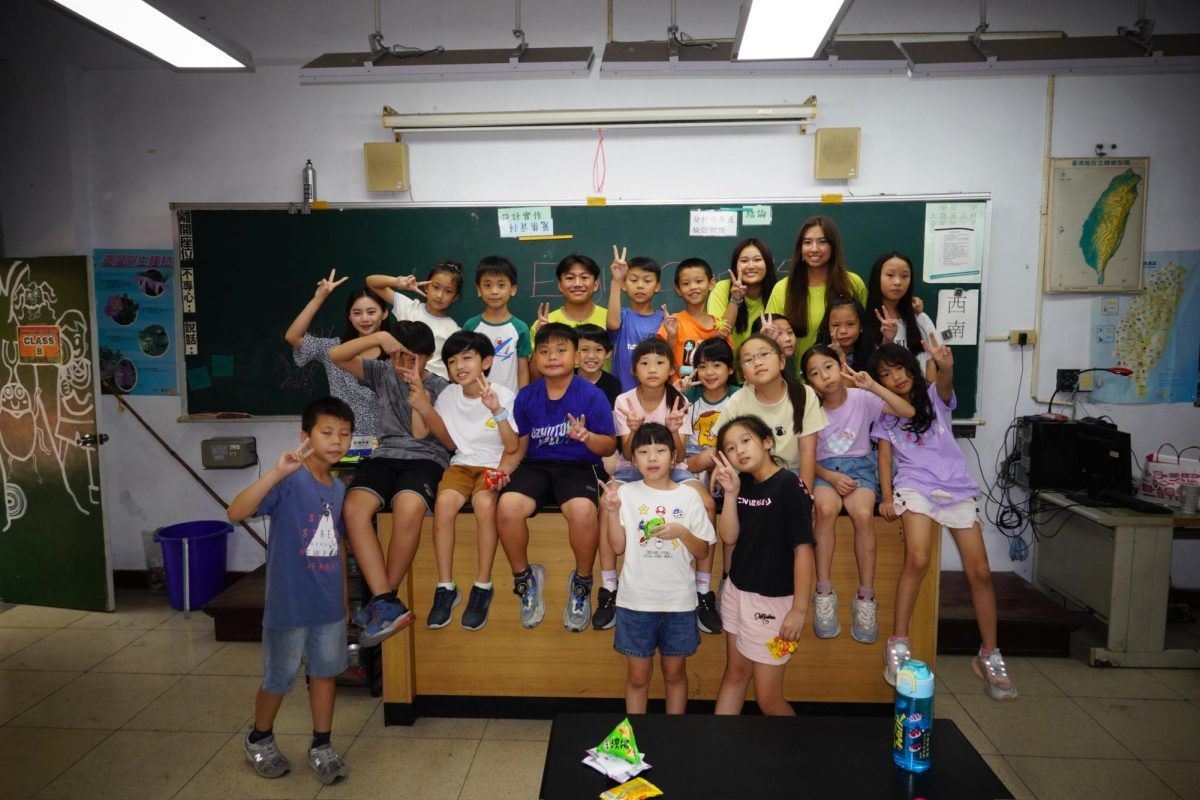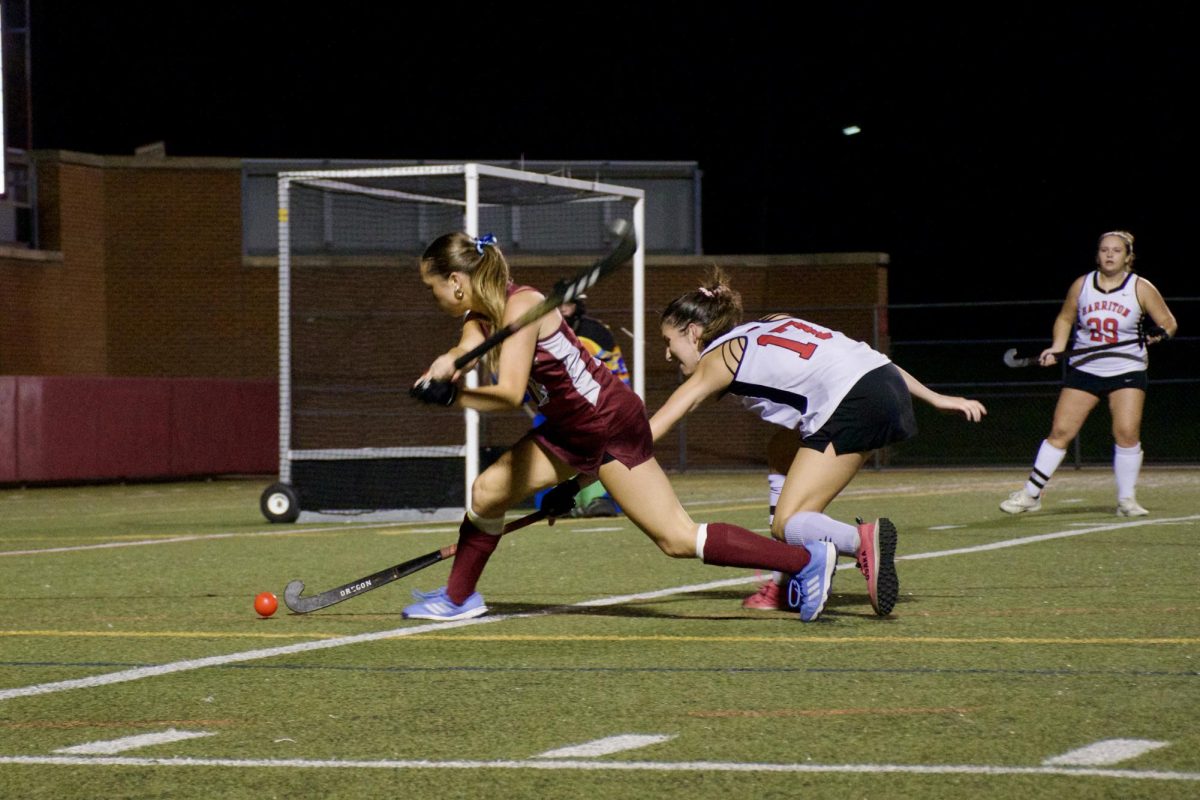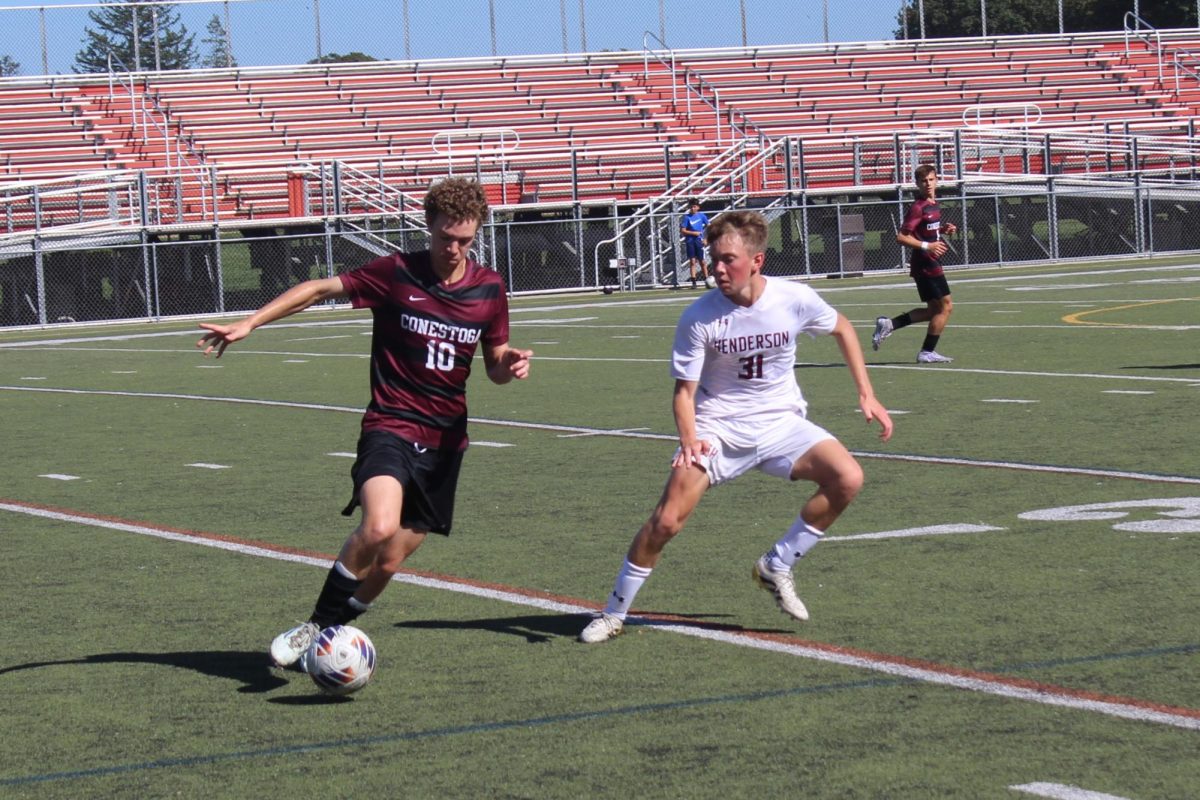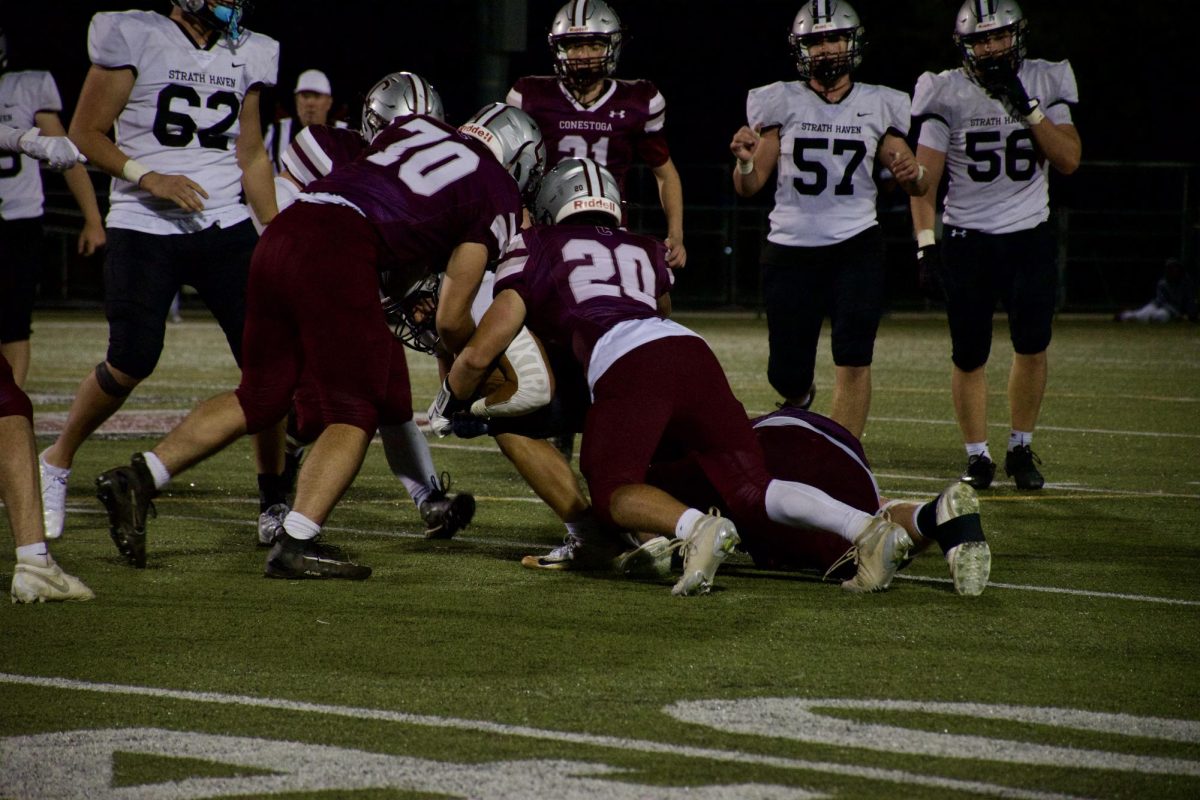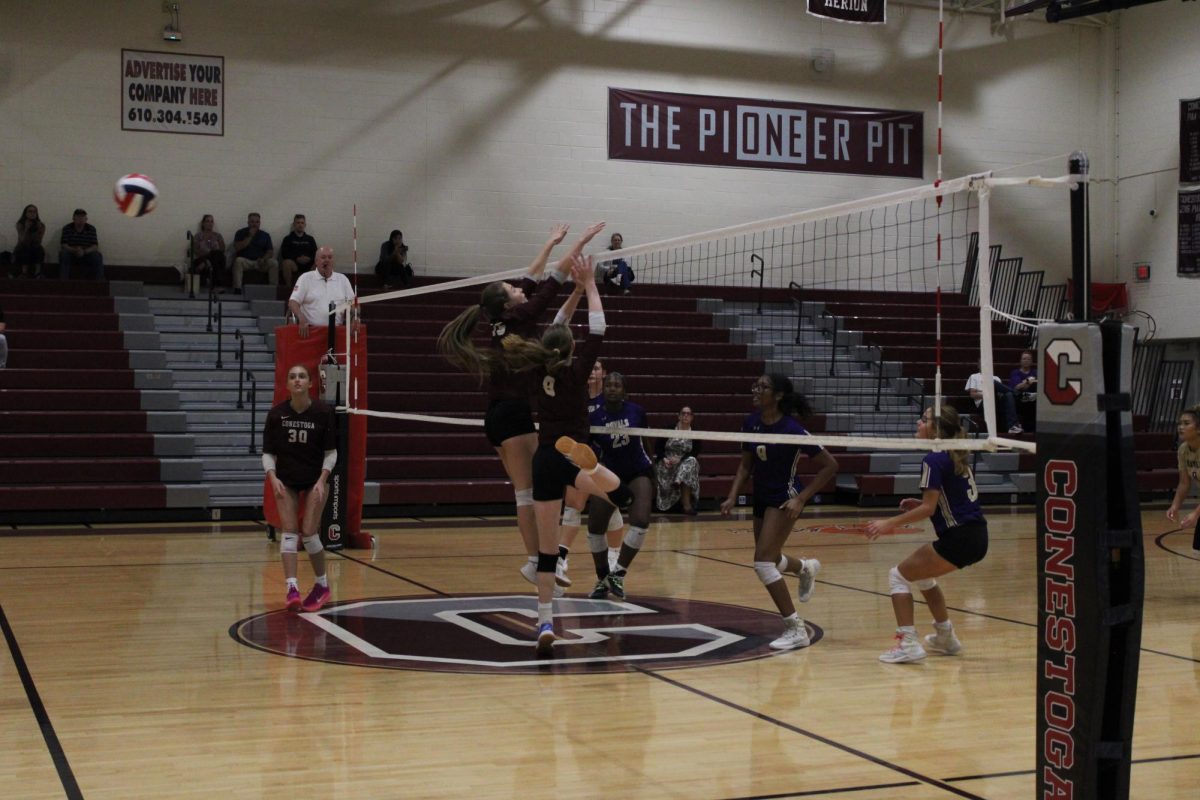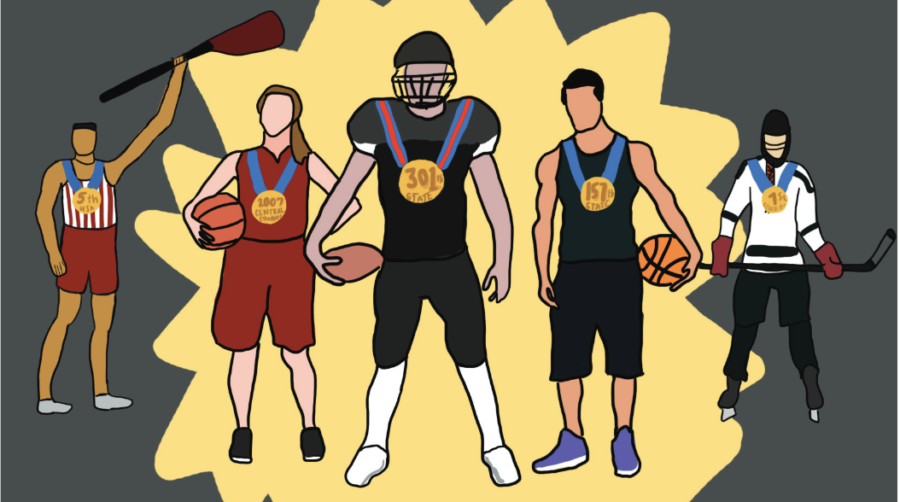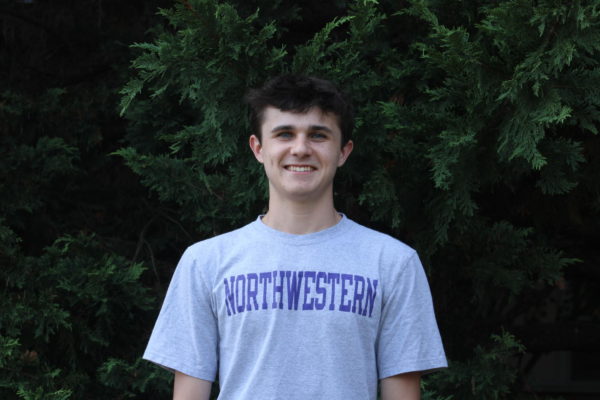By Michael Tierney, Business Manager
Last year, the Conestoga crew team’s top quad placed fifth in the country in combined nationals, which includes both private and public schools. Boys rugby peaked at 10th place nationally, and the boys’ squash team finished 10th place at combined nationals and was ranked the best public school squash team in the country. What do these teams have in common? Success. Clearly. Then, what if I told you that these teams receive a disproportionate amount of funding from school-sponsored sports from Conestoga High School? The reason? A century-old technicality.
According to Jen Grassel, the Assistant Executive Director of the PIAA, the independent nonprofit group that oversees Pennsylvania interscholastic championships, the organization recognizes a high school athletic team as a ‘sport’ when it is played in at least 100 high schools in the state. None of the previously mentioned teams are considered sports under PIAA regulations, meaning it is the same under Conestoga’s rules. Instead, they are categorized as ‘clubs.’ This is a reflection, she says, of including the teams that have a more substantial following and participation level, regardless of success.
In 2021, based on the increased popularity of non-PIAA recognized sports, PIAA created the “Emerging Sports Process Guide” to provide “a roadmap towards potential sponsorship by PIAA.” Several sports are currently in this program, including ice hockey, rugby and girls wrestling. Grassel said that the same 100-school policy would be in effect for these “emerging sports.”
However, this means that with the 100-school rule intact and no plans to expand these sports across the state, the PIAA is still stagnant. Regardless of a team’s success, it will not receive funding and support unless it satisfies the current strict PIAA regulations. The PIAA was founded in 1913, yet still procrastinates in making any major adjustments to help club teams grow and develop. It is unacceptable that nationally recognized club teams are neglected due to this minor subtlety.
Conestoga Athletic Director Kevin Pechin acknowledged Grassel’s comments and added that any attempt to initiate a change in status would likely have to go before the Tredyffrin/Easttown school board.
One tangible difference between Conestoga sports and clubs is the expense burden on families. Club participants, unlike sport players, are responsible for a seasonal fee to cover facility rentals, transportation, coaches’ salaries and uniforms, whereas the school underwrites these costs for sports’ players and families. Pechin, however, added that Conestoga does subsidize clubs with a $300 per student stipend, although club fees can exceed $1,000 per student.
Success should equate to funding and support. Our club teams are some of the best, if not the best, in the country.
The PIAA and T/E School Board need to act on this lack of recognition and funding. Our club teams, which represent our school at the national level, deserve it. Their success needs to be recognized and commended. Sports are evolving, and the PIAA and T/E school board need to evolve as well.
Michael Tierney can be reached at [email protected]









